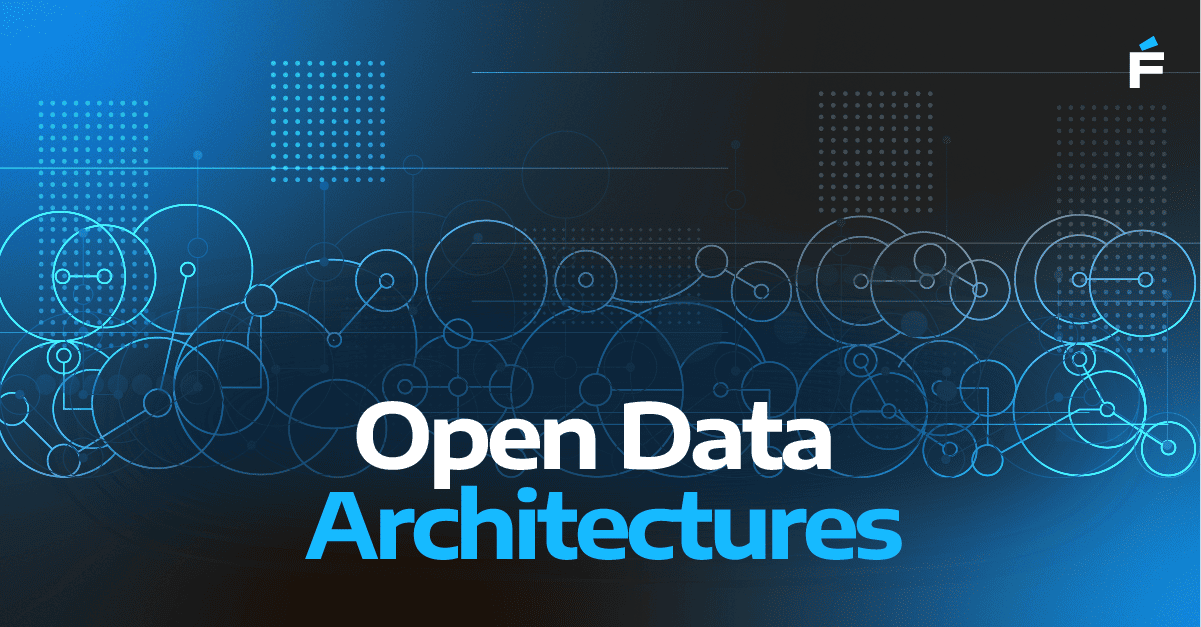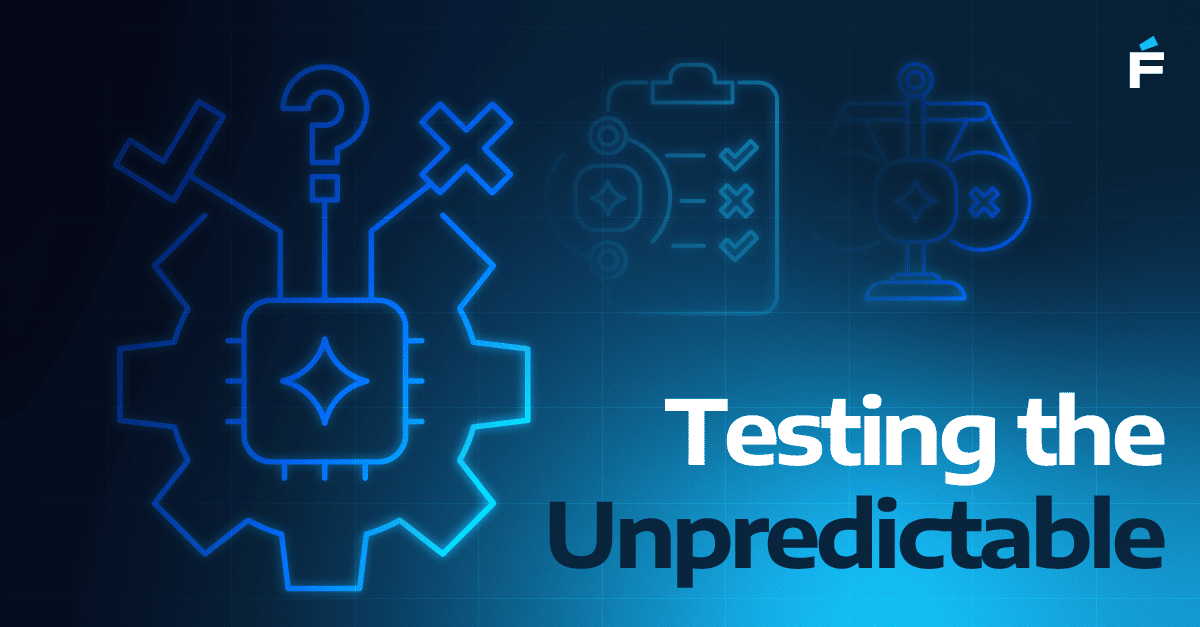The 12-Factor App methodology provided a foundational blueprint for designing web applications that are scalable, maintainable, and portable across cloud environments. It introduced a clear set of principles—such as explicit dependency declaration, stateless processes, and declarative deployment—that helped standardize modern web application architecture at scale.
As we begin to incorporate AI agents into our systems—not as isolated copilots, but as persistent, goal-driven software components—it is becoming increasingly useful to define a complementary set of design principles specific to agentic systems. That is the aim of the 12-Factor Agent framework.
This is not a replacement for the 12-Factor App model. Rather, it is a natural extension—built for a new class of software that is autonomous, stateful, and adaptive by design.
What Are the Attributes of 12-Factor Agents?
While traditional apps are generally request-driven and operate under human-authored control flow, agents operate differently. They maintain memory, interpret high-level goals, and continuously assess changing context. The 12-Factor Agent model proposes a set of guidelines for structuring these types of systems in a consistent, transparent, and composable way.
Some key differences:
- Goal Declaration: Instead of exposing APIs, agents are given objectives to achieve within a bounded context.
- Memory and State: Memory is an essential component of agentic behavior. Unlike the stateless model of traditional apps, agents rely on structured, persistent memory to inform decisions.
- Protocols Over Endpoints: Agent communication happens through shared protocols—like MCP (Model–Concept–Protocol)—where meaning is negotiated dynamically, rather than predefined through static APIs.
- Prompt as Interface: Prompts define how agents behave, what goals they pursue, and what data they rely on. As such, they have become a critical layer of abstraction—analogous to source code—and increasingly deserve the same governance, versioning, and ownership as traditional software artifacts.
Each factor in the model—from config and log to goal and memory—is designed to enforce boundaries and structure in what is otherwise an open-ended design space.
Why It Matters
The shift toward agentic systems is still in early stages. But as agents begin to take on more responsibility—testing code, triaging incidents, analyzing data pipelines—it becomes increasingly important to adopt shared patterns that reduce complexity and increase predictability.
The 12-Factor Agent framework serves that purpose. It enables developers, architects, and engineering leaders to reason about agent behavior in a systematic way. It also encourages consistency across implementations—whether you are working with open-source orchestration tools, building internal agent frameworks, or evaluating vendor platforms.
Much like the original 12-Factor App helped standardize how we think about cloud-native applications, the 12-Factor Agent offers a way to reason about intelligent software agents. It does not replace the architecture we rely on today—it extends it. And as these systems grow in complexity and autonomy, such frameworks will become increasingly important to ensure they remain composable, observable, and aligned with business intent.
The repository is available here. For engineering leaders exploring AI integration, it is worth a checking out —not as a roadmap, but as a design pattern to follow.
Download the Summary of the 12-Factor Paradigm for Agentic Audit.





